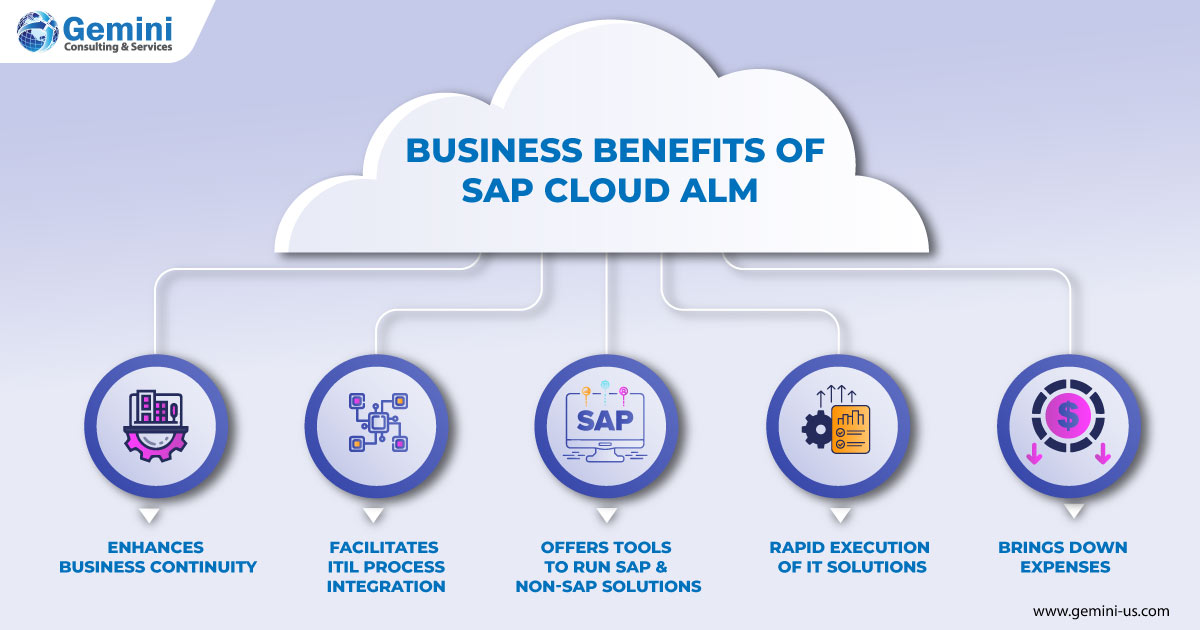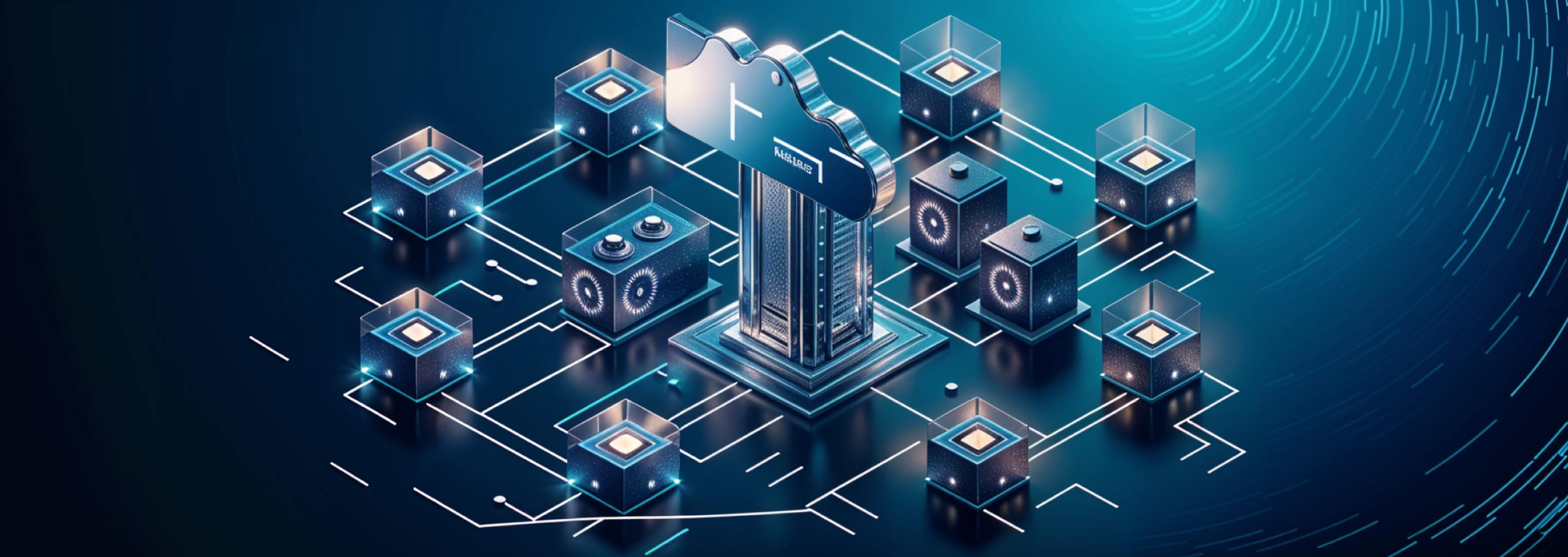Application Lifecycle Management (ALM) solutions enable businesses to manage, harmonize and supervise software delivery processes from development to deployment.
ALM provides a successful framework for teams to ensure successful development, deployment, and ongoing maintenance of software applications. It enhances collaboration and integration of various tools and people involved in the process of software delivery. It also facilitates the team to manage the application, thereby, improving communication and collaboration during the entire lifecycle of the application.
Deploying an application lifecycle management platform, helps businesses implement both agile and DevOps development approaches for different functions to cooperate seamlessly. ALM consists of every stage of an application’s lifetime whereas the Software Development Lifecycle (SDLC) includes the development side of an application, making SDLC a part of ALM.
ALM solutions help businesses to develop accurate applications and ensure quality output by facilitating software development teams to stay closely aligned throughout the software development lifecycle.

Why SAP ALM?
SAP Cloud ALM is a comprehensive cloud-based suite for application lifecycle management that provides implementational and operational capabilities for businesses. With this solution, businesses can operate SAP solutions and implement them – whether it is process, test, deploy, or task management. Existing SAP cloud customers can use SAP Cloud ALM without additional cost or added hardware as it is part of the Enterprise Level Support Contract.
There are neither configurations needed to be made nor a partner required. Businesses use SAP Cloud ALM to carry out business process monitoring, health monitoring, and end-user and overall performance monitoring. It also supports functions with embedded intelligence and helps handle processes better using Machine Learning (ML) enabling errors and malfunctions proactively.
ALM is divided into development, governance, and operations. It commences from the idea and deployment and ends with the final phase where the application detaches from the service system.
- Governance phase: This phase involves managing the lifecycle of an application. It starts with the construction of judgment and extends to administration.
- Development phase: The phase between idea generation and consumption of the application is the development phase. This also has the scope to re-emerge numerous times either for upgrades or complete edition changes.
- Operations phase: This includes efforts necessary to organize and handle applications that usually commence prior to deployment and run constantly up until the application is detached from service which is at the very end.
SAP Cloud ALM comes with a bundle of multiple ALM tools that can be used for implementation, project management, organizational planning, agile delivery support, task management, SAP process descriptions, testing, and change /deploy management. The dashboard and analytics tools also provide an effective view of the project situation including details of the fulfilled and planned time for new functionalities.
Considering the easy availability of SAP Cloud ALM and the convenience it offers, businesses have too less to lose and a lot to gain by giving it a chance. Gemini Consulting & Services can assist your enterprise in improving the efficiency of software delivery with SAP Cloud ALM. Contact us to know how to leverage SAP Cloud ALM to accelerate time to value and ensure business continuity.

- Most businesses are confronted with the issue of business continuity in the dynamic environment they operate in. This also includes being able to adapt to technological developments, tackling risks, and rising capital expenses and investments. In this light, SAP ALM facilitates the adoption of an integrated and advanced ITIL-based
- That offers structure, tools, services, and monitoring systems that help run SAP as well as non-SAP solutions through the life of an application.
- It does not just focus on individual phases, but the solution manager can implement an overall extensive approach that is far more vigorous, scalable, and result A typical application lifecycle consists of six phases that are requirements, design, build and testing, deployment, operation, and optimization. The outcome of each of these phases can be easily leveraged under the guidance of the SAP Solution Manager. This thus helps realize and execute IT solutions rapidly and at a lesser expense.
Implementing SAP ALM
SAP Cloud ALM for implementation has a packaged set of tools for project management where the project is a container of information holding all data to be tracked and reported. Implementing SAP Cloud ALM at the start of the project helps businesses utilize all its capabilities from the ‘prepare and explore’ phase, and onboard users to get them familiarised early on. Let us remember that this can also be done without connection to SAP systems.
It provides standardized ALM processes that can be easily implemented and integrated into other cloud services via open APIs in the SAP API Business Hub. The solution is perfect for small-to-medium-sized enterprises that run SAP public cloud solutions and do not require advanced ALM functionalities.
SAP Cloud ALM provides standardized ALM solutions without any additional time and investment into upgrades or maintenance activities. This also means less adaptation time for customer-specific requirements. The pre-requisites needed to start with SAP Cloud ALM are very low and it is license free for businesses having SAP Enterprise Support or at least one SAP Cloud solution. It is ready for use within moments of making an order from SAP and ready for SAP Cloud Solutions, SAP Hybrid, and on-premise solutions.



